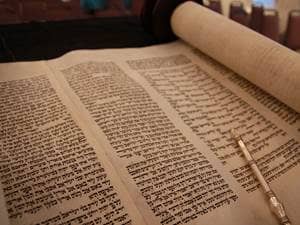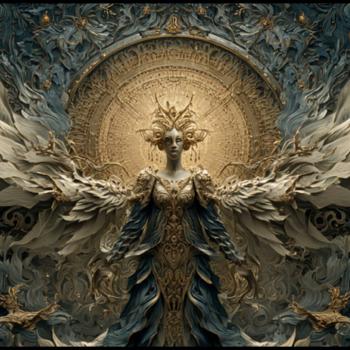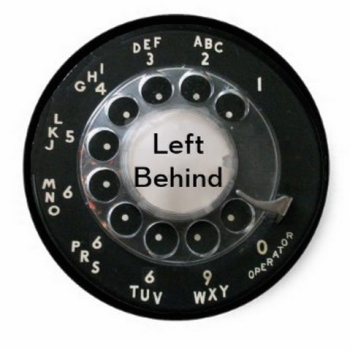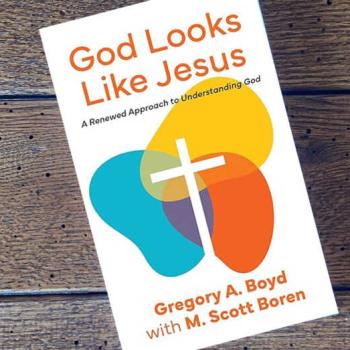
Judaism has many sacred texts, but the Hebrew Scriptures are the most holy. These scriptures are also called Tanakh, which is an acronym for Torah, Nevi’im, and Ketuvim. These three sections comprise the whole of the Hebrew Scriptures.
The first, in both order and priority, is the Torah, which is the teaching of the first five books of the Bible, also known as the Pentateuch: Genesis, Exodus, Leviticus, Numbers, and Deuteronomy. In these books, God’s people hear the story of creation and the beginnings of their history under the patriarchs, Abraham, Isaac, and Jacob. They learn of their early history as slaves in Egypt and their miraculous rescue by God. They receive the law from God, given to Moses on Mt. Sinai, and they come to the land promised to them by God. The Torah is the most sacred literature of the Jews and is treated with the highest respect. A Sefer Torah is a Torah copied by hand on a parchment scroll and kept in a synagogue’s Ark. It is read from during Sabbath services and other Jewish festivals.
The second section of the Tanakh is Nevi’im, which means Prophets, and includes historical and prophetic words to God’s people from the entry into the Promised Land under Joshua’s leadership, through the early judges, and then from the triumphant kingdom of David to the decaying kingdoms of Israel and Judah, and to the last words of the prophets. It is comprised of 21 books: Joshua, Judges, 1 and 2 Samuel, 1 and 2 Kings, Isaiah, Jeremiah, Ezekiel, Hosea, Joel, Amos, Obadiah, Jonah, Micah, Nahum, Habakkuk, Zephaniah, Haggai, Zechariah, and Malachi.
The third section is Ketuvim, which means Writings, and these 13 books—Psalms, Proverbs, Job, Song of Songs, Ruth, Lamentations, Ecclesiastes, Esther, Daniel, Ezra, Nehemiah, 1 and 2 Chronicles—contain the riches of Jewish poetry, wisdom literature, philosophy, history, and prophecy. With the sole exception of Daniel, many Jews consider these books of lesser inspiration than the first two sections.
These three sections together contain all the books that Protestant Christians call the Old Testament. (Catholics include seven other Jewish books, not in the Tanakh.) However, the order of the books differs from that of the Christian canon. The Christian canon closes with Malachi, the last of the prophets, while the Jewish canon ends with 1 and 2 Chronicles and the return of the Jews from Babylonian Exile.
Aside from the biblical books, Jews also recognize the Mishnah, a collection of commentaries on the law and rabbinic teachings assembled around A.D. 200. In the two or three centuries that followed, rabbis and scholars pored over this collection and compiled a large body of further commentary called the Gemara. Together, the Mishnah and the Gemara make up the Talmud, and this text also ranks as holy scriptures, though not equally with the Tanakh. The Talmud and the myriad midrash (interpretations and commentary on various scriptures) have been rich sources of spiritual insight and guidance for Jews across history and across the world.
8/30/2023 6:38:03 PM










